Montage Scene With Dialogue From Characters Who Wontbe Seen Again
What's the proper way to format a montage within a screenplay and how practice you know when to —and when not to — write them? Nosotros're going to explore that question here for this installment of our ongoing Screenwriting Basics series. Whether information technology's a Pretty Woman trying on luxury clothes or a Philadelphia boxer named Rocky training to get the distance, the montage sequence continues to be a cinematic staple. The term "montage" is defined equally the process or technique of selecting, editing, and piecing together dissever sections of film to form a continuous whole . Inside a screenplay, the montage is a compilation of short scenes or moments — usually with footling to no dialogue — that are grouped together to convey a passage of time quickly while communicating necessary visuals and moments within that condensed timeline. Those visuals and moments showcase character and story arcs, either in the progression of edifice to a detail arc betoken (Rocky running upward the stairs, set for the big fight) or just showing multiple characters in multiple places reacting to something. Montages can even be used to sum up a character's feel in multiple or single locations by using visuals and moments that best communicate that feel. There is no hard and fast rule on how these types of scenes are formatted within a screenplay beyond general guidelines and expectations. And those guidelines and expectations are simple — express what the reader should be seeing through their own cinematic listen's eye every bit rapidly and simply every bit possible. The montage is used to communicate a big chunk of story in a short span of time, with the goal of nonetheless being able to allow the reader and audience to experience the informational and emotional elements of that clamper of story. Or it is used to communicate multiple reactions or experiences of multiple characters in multiple locations at the same time. Information technology's non meant to be used equally a cheat by any means. Some screenwriters call back that montages allow them to throw in any data in quick fashion without having to craft full scenes around that information. That'southward not the point of the montage. The point is to offer the reader or audition a visual experience that summarizes a gap between two pivotal scenes or betwixt two story acts. Then how exercise you format them? There are many examples of montage formats that have evolved over the years. The cardinal is to keep the format every bit simple equally possible. A character or group of characters are in a single location, and you want or need to convey their passage of fourth dimension there. One of the all-time and nearly iconic examples is the shopping scene in Pretty Woman . Edward is taking Vivian shopping. The scene is meant to convey a fun moment of this call daughter experiencing being pampered through trying on and buying luxury wearing apparel that she could never have afforded. It is a moment that is the antithesis of an before scene where a luxury shopping store rejected her considering of the way she was dressed. While this montage scene wasn't in the original first drafts of the script, nosotros did find a similar, yet more intimate, scene — not present in the final cutting of the film — that captures the unproblematic format of writing a single location montage. Edward and Vivian are in the penthouse living room as Vivian tries on the many dresses she bought during her shopping spree. The display turns intimate as she begins to try on lingerie. The montage ends every bit a new scene header for the scene takes them to the bedroom. As you tin run across, the montage opens with a header that dictates what blazon of scene this is — MONTAGE. That header alone would have been enough, but the writer chose to be more than specific by adding OF VIVIAN'S OUTFITS. In sure montages, you want to be sure to communicate when the montage scene ends by merely writing a header in caps — END MONTAGE. Nevertheless, in this case, the montage leads directly into another scene and location. When the new scene heading dictates a new location, it's implied that the montage is over. Had the scene continued in the same location afterwards Vivian tried on the outfits, the Stop MONTAGE heading would have been utilized and the scene clarification and dialogue could have gone on from there as usual. Hither's another example of a single location montage from the spec script The Purple Heart Battalion . The script tells the true story of the all-Japanese-American infantry during WWII that battled racism and prejudice while trying to prove themselves ready to fight for their land. In this scene, the unmarried location is a baseball field as Japanese-American soldiers play a game of baseball confronting a local white squad. This instance would exist perfect for those writing the inevitable montage sequences found in sports movies. Information technology's uncomplicated and manages to capture story and character arcs as well. Every bit y'all may notice, the formatting changes. It's an excellent example of make clean and straightforward format, using what is similar to a bullet bespeak or dash list organisation. This format is one of the more gimmicky versions used in screenwriting today. Writing a montage in your feature or pilot? Utilize our helpful eCourses to get it done faster. The multiple location montage is often the most utilized within screenplays. The offset — and almost common — style is to go on using the MONTAGE and END MONTAGE (if applicative) headers followed by simple lines of scene description for each visual or moment (and variances thereof). The science fiction blockbuster Armageddon has many montage sequences. The training sequence where the drilling coiffure finally succeeds in their tests is simple and straightforward. Every bit you can meet, the writer embraces the quick and uncomplicated mantra — literally. The writer likewise uses a different variation past utilizing the SCENE HEADING to dictate that the scene is a montage. This is a perfect example of a multi-location montage that focuses on specific imagery to convey reactions from multiple characters. The script uses the scene heading instead of a header in caps within the scene description. Within the same script, the writer offers a more extensive, simply nonetheless simple, montage. The format change with this example uses the aforementioned dash list system, although in your spec scripts you don't need to mention quick cuts because each line of scene description implies a cut to another moment. A cleaner example of this list organisation can be plant in the spec The Purple Heart Battalion as well. At present, there'due south some other way to circumvent adding whatever new formatting elements — headers in caps and special scene headings — to create a montage sequence. And that's past simply sticking with general screenwriting format — INT./EXT. LOCATION - 24-hour interval/Night. In this version, each visual or moment of a montage is represented using a series of short scenes — each having just a scene heading (slugline) and a judgement or two of clarification. No mention of montage at all. The reader will usually be able to see and understand that there's a montage occurring because of the briefness of scene description for each short scene. In Rocky , we have a proficient example of this type of format showcasing multiple locations inside the montage. Hither is how the original Rocky training montage was formatted in an early typhoon of the script. Short simple scenes of Rocky preparation are used, all of which build to the terminal, now iconic, image of him running upwardly the art museum stairs. The dated script uses However LATER instead of DAY or NIGHT to convey that the activeness is taking place in the aforementioned location just at dissimilar times. The all-time instance using this simple screenwriting format to convey a montage tin exist establish in arguably the greatest — and most touching — montage sequence ever to grace the screen, establish in Pixar'due south Up . The picture brilliantly portrays the relationship of Carl and Ellie from playful beginning to sad ending. The format is simple and straightforward, not requiring whatever colons, headers, or listing systems. Read the script's version so sentry the scene in its entirety. Every bit you tin see, there are a few options to consider as y'all write and format your montage scenes within your script. Does your montage scene take place in a single location? Does your montage scene take place in multiple locations? Practise you want to employ headers that tell the reader where the montage begins and ends or do y'all want to imply it using a sequence of curt scenes with short scene description? The key is to convey those visuals and moments in the most unproblematic and constructive manner so that the reader tin quickly envision them equally they movement along with the story. For more writing resources, sign up for the ScreenCraft'due south Screenwriting Newsletter Here! Ken Miyamoto has worked in the motion picture manufacture for nearly ii decades, well-nigh notably as a studio liaison for Sony Studios and and then as a script reader and story analyst for Sony Pictures. He has many studio meetings under his belt as a produced screenwriter, coming together with the likes of Sony, Dreamworks, Universal, Disney, Warner Brothers, as well equally many production and management companies. He has had a previous development deal with Lionsgate, also as multiple writing assignments, including the produced miniseriesBlackout, starring Anne Heche, Sean Patrick Flanery, Billy Zane, James Brolin, Haylie Duff, Brian Bloom, Eric La Salle, and Bruce Boxleitner. Follow Ken on Twitter @KenMovies For all the latest ScreenCraft news and updates, follow u.s. on Twitter, Facebook, and Instagram. Single Location Montage


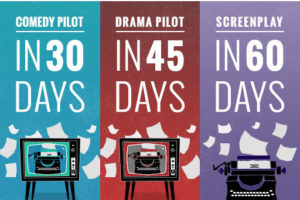
Multiple Location Montage




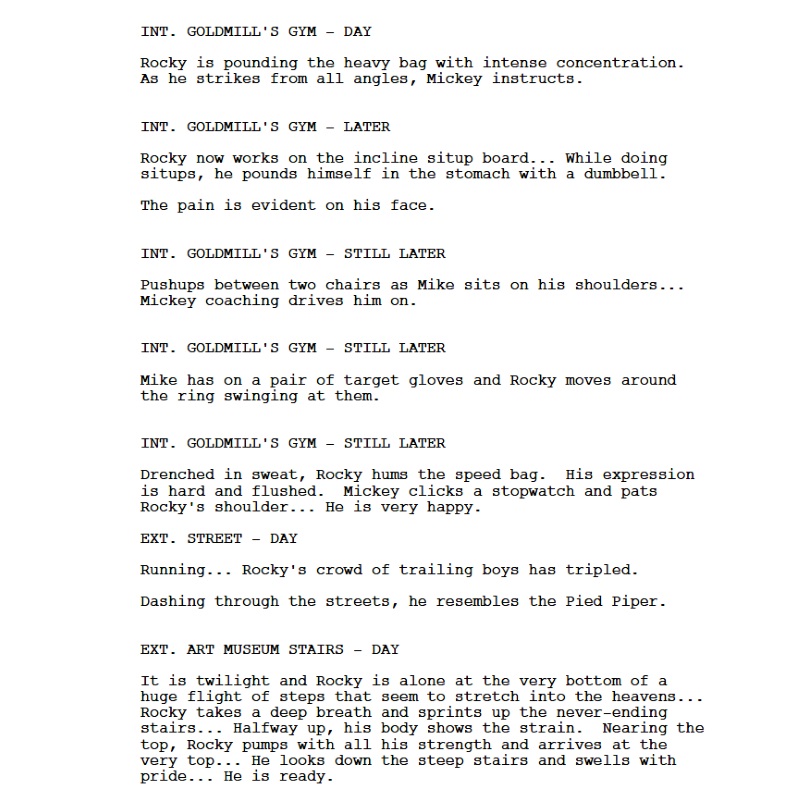
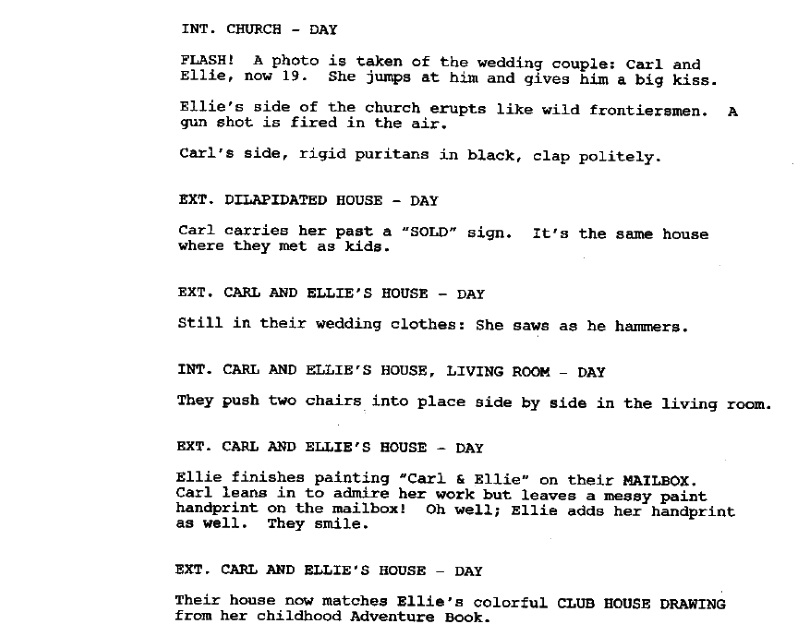
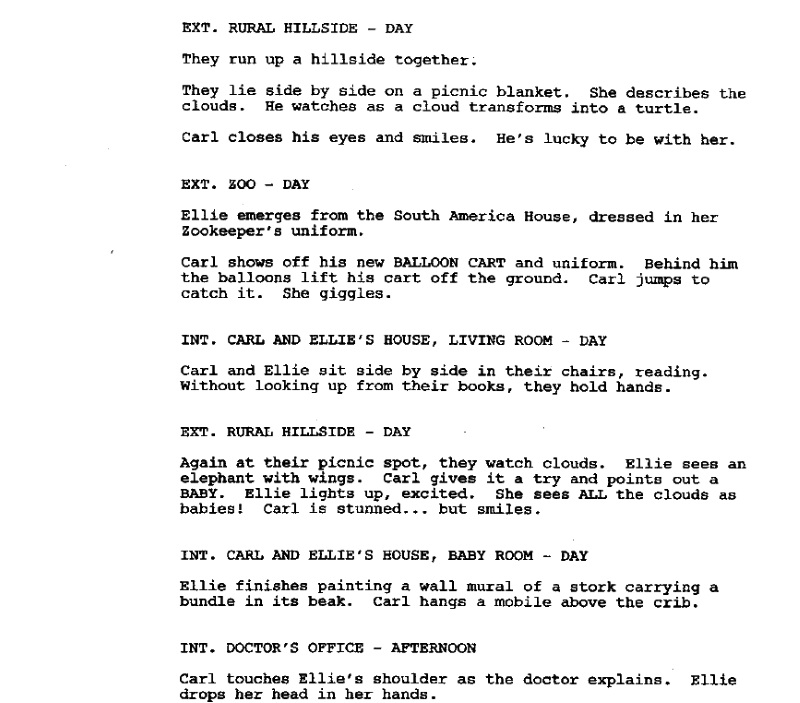
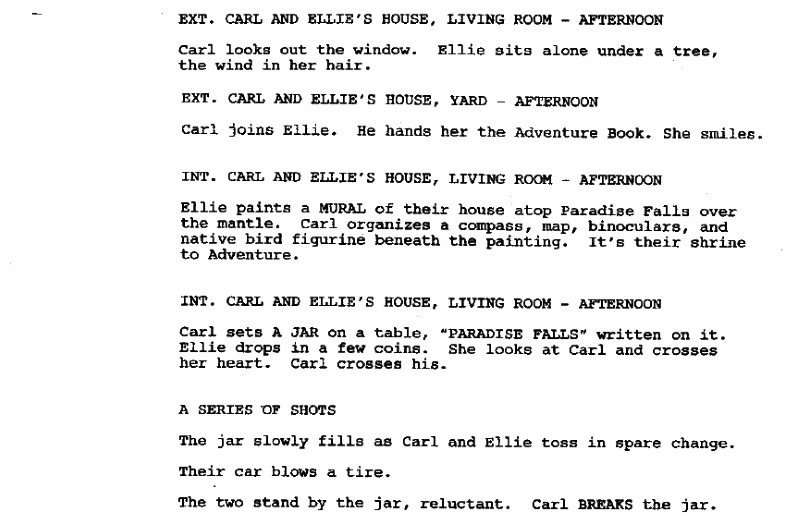
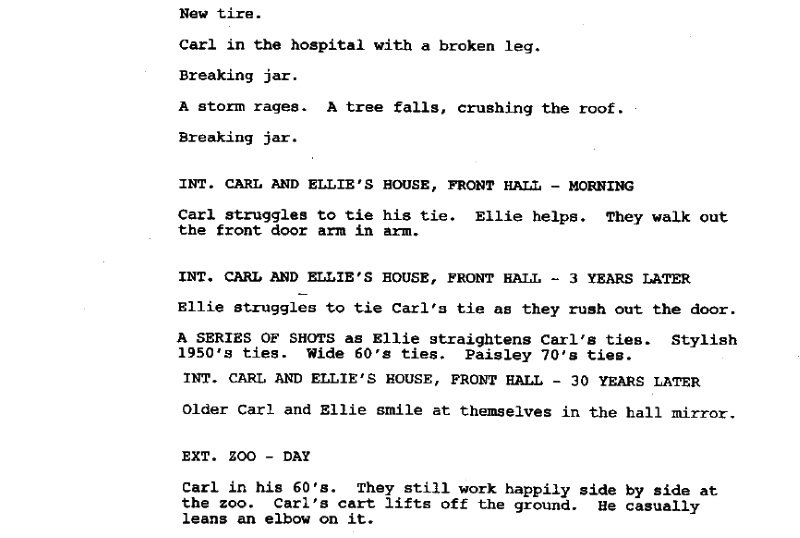
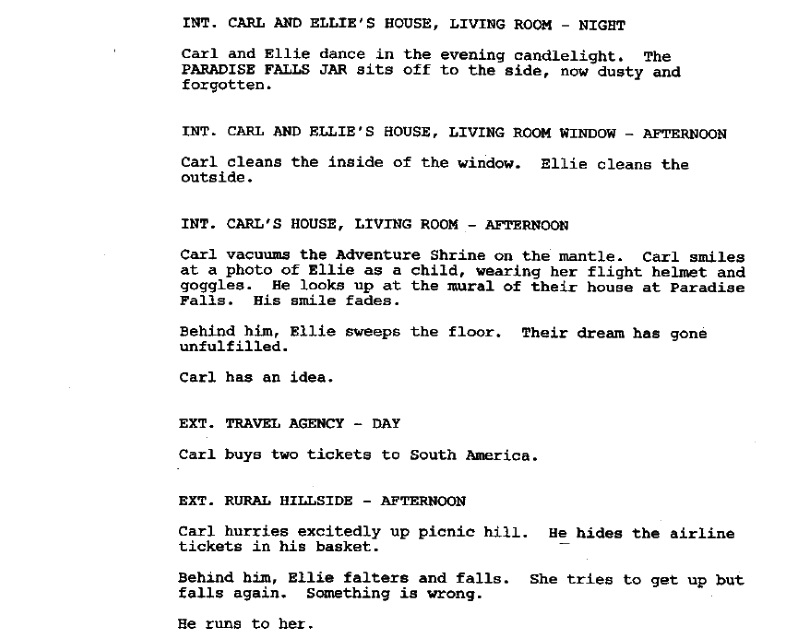
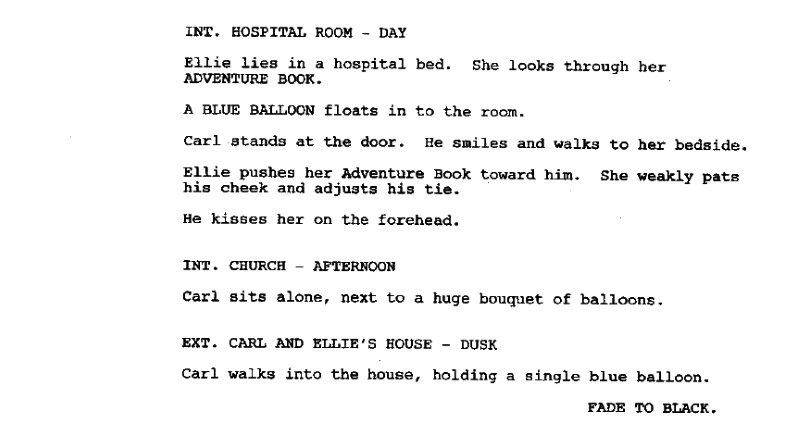
Source: https://screencraft.org/blog/screenwriting-basics-how-to-write-an-effective-montage/
0 Response to "Montage Scene With Dialogue From Characters Who Wontbe Seen Again"
ارسال یک نظر